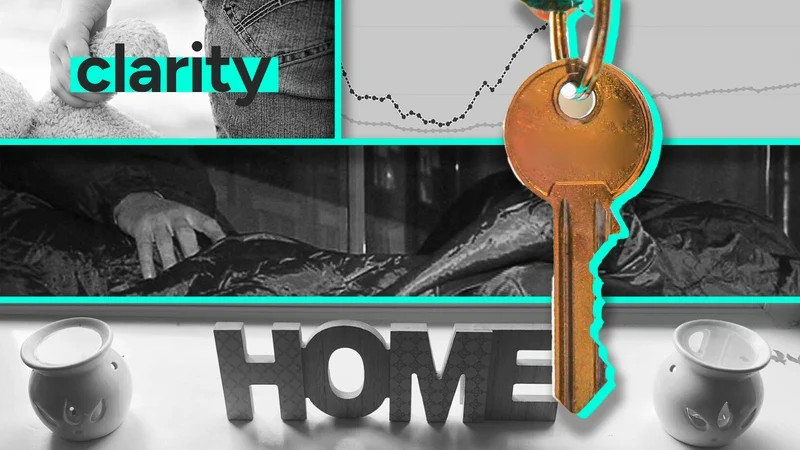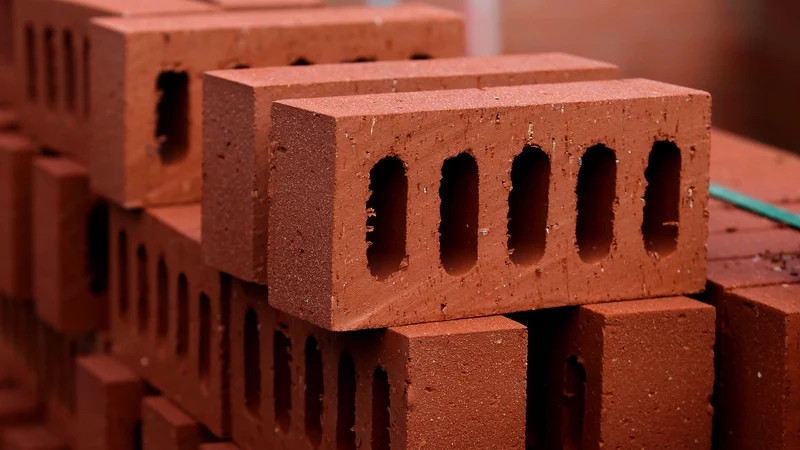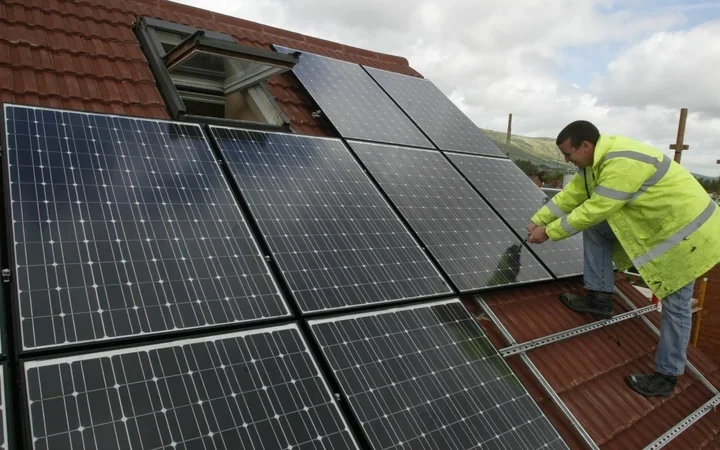Analysis: High costs, a shortage of skilled workers, the exclusion of renters and muddled messaging reveal cracks in the system
Ireland’s retrofit revolution promised it all: warmer homes, lower bills and a greener future. The Sustainable Energy Authority of Ireland (SEAI) offers numerous grants, from €300 for minor insulation jobs to €25,000 for full home retrofits through the National Home Energy Upgrade Scheme. Low-interest loans have also been added to the mix.
Yet uptake is levelling off. While 2024 saw a record 54,000 homes upgraded, only 22,000 reached the gold standard of a B2 Building Energy Rating (BER) or better. That’s well short of what’s needed to achieve the 500,000-home target by 2030.
The ambition is there. So, what’s holding people back? For many, the process is too complex, the costs too high and the payback too long. Renters are shut out, landlords lack incentives, and a shortage of skilled workers is slowing everything down. Meanwhile, other countries are showing what works—and what doesn’t. Unless Ireland learns fast and acts boldly, its retrofit ambitions risk freezing before they fully take off.
From RTÉ Radio 1’s Today with Claire Byrne, Q&A on retrofitting with the SEAI
The awareness gap
Ireland’s grants and loans aren’t a secret, but they seem to be hidden in plain sight. SEAI’s websites and One Stop Shops are full of information like BER targets, retrofit pathways, grants and contractor lists. But for the average person it’s an overwhelming mix of technical jargon, grant caveats and complex application processes that swamp already busy households.
This isn’t just about awareness; it’s also about accessibility. Retrofitting your home, particularly a full deep retrofit, shouldn’t feel like a second job. What’s missing is simple, transparent communication—targeted media campaigns and plain-language guides or online portals that clearly explain what grants people qualify for and what a retrofit actually involves.
Big jobs, loans, long paybacks
A full deep retrofit (insulation, airtightness, heat pump, ventilation, new windows) can cost anywhere between €25,000 to €75,000, depending on age and size of the house. SEAI grants can cover up to 50%, with the rest falling on the homeowner. That’s a huge outlay, even with the new Home Energy Upgrade Loan Scheme offering rates between 3% and 3.69%.
From RTÉ News, survey finds cost of retrofitting homes still a barrier for over 60s
Borrowing €30,000 at 3.69% over 10 years means monthly repayments of around €300 with over €5,000 in interest. That’s manageable for some, unthinkable for others. And if you have to move out during the works: Do you have to rent? Can you get a short-term rental in today’s market? How much will this set you back? Even with energy bill savings of ~€1,000 per year (ballpark figure), it can take a decade or more to recoup the investment. For many, the math simply doesn’t work.
Renters frozen out, landlords shrug
Renters are largely sidelined and SEAI supports are homeowner focused. Unless landlords step in, tenants are left in cold, inefficient homes with no say in upgrades and no access to grants. Landlords have little incentive: they pay for the retrofit, but tenants reap the bill savings. As a result, landlord participation remains low. Without structural change, such as grants, tax breaks, or regulation, this equity gap will deepen, leaving renters behind in Ireland’s energy transition.
Worker shortages
Even those ready to retrofit are often held back by labour shortages. Ireland needs thousands of trained workers to hit its 2030 targets. The SEAI has launched new training supports and certification schemes, but progress is slow. Without a rapid ramp-up in skilled labour, the whole retrofit system risks grinding to a halt.
From RTÉ Radio 1’s The Business, what is causing the shortage of apprentices in the construction sector?
What can we learn from abroad?
Ireland isn’t alone. Other countries are tackling the retrofit challenge, some better than others. Denmark upgrades around 30,000 homes annually, often with full retrofits supported by up to 50% grant coverage and ultra-low-interest loans (around 1%). Crucially, its workforce is ready, and this keeps projects moving. One-on-one advice and energy coaches guide households through full retrofits. Germany has a similar model, but complexity and paperwork dog down the system and are proof that funding alone isn’t enough.
Going further afield, Canada’s Greener Homes initiative focuses on equity, with pilot schemes for rental properties and stronger supports for lower income households. The UK, however, offers a mixed lesson: its 2020 Green Homes Grant flopped with a 90% shortfall due to delays and too few workers. Since 2022, recent schemes push insulation and low-carbon heating, but progress is still slow due to workforce shortages.
What are the possible solutions?
To meet its target of retrofitting 500,000 homes by 2030, Ireland must ensure that fairness is built into every step of the process, supporting both partial and full upgrades so no one is left behind.
Deep retrofits, which are essential for reaching net zero, need more than the current €25,000 grant cap. Raising this limit or offering bonuses for homes achieving a B2 energy rating or better could drive uptake, but the real challenge is equity. Means-tested grants covering 60–80% of costs for low- to middle-income households—those currently left out of the Warmer Homes Scheme—would follow Canada’s lead in putting fairness first.
From RTÉ Radio 1’s Today with Claire Byrne, The Warmer Homes Scheme explained
Low-interest loans, at 1–2% like Denmark and Germany’s model, could save homeowners thousands on loans, making retrofitting more accessible. Government or EU support could make this a reality.
Landlords also need incentives if they’re going to get involved (such as larger grants or tax breaks) but with conditions: rent caps or longer leases to ensure tenants share the benefits.
Finally, the workforce shortfall needs urgent attention. While SEAI training exists, scaling it up is essential to deliver on these ambitions.
Retrofit or retreat?
Ireland’s retrofit grants may look like a lifeline on paper, but muddled messaging, high costs, a shortage of skilled workers and the exclusion of renters reveal the cracks in the system. Countries like Denmark and Canada show that when funding, fairness, and renter protections are prioritised, uptake follows. Meanwhile, the UK offers a cautionary tale that even well-funded schemes can fail without the workforce to back them.
Boosting and means-testing grants, slashing interest rates on retrofit loans, and offering the right incentives to landlords that support tenants could trigger a surge in demand. But only if the workforce is there to deliver. If the green transition is to succeed, it must be fair, accessible, and inclusive. Will we rise to the challenge, or let our retrofit ambitions freeze?













